Tenmoku teacup glaze contains heavy metals and is toxic?
Regarding whether Tenmoku teacup glaze contains heavy metals, this rumor originated from the "fake Tenmoku" on the market, which refers to the imitation products made from non-local materials. Tenmoku's unique patterns such as "rabbit hair", "partridge spots", and "iridescence" can only be achieved with local materials during firing. Imitations from other regions cannot replicate these patterns properly, especially for the colorful "iridescence" of the top-quality Tenmoku teacups. Therefore, certain special glaze formulas were developed to imitate the iridescence, resulting in high yield rates, low prices, and bright colors. These imitations are popular among beginners, but after purchasing, they may find issues with the product quality. Over time, Tenmoku teacups have been labeled as "toxic". However, as long as it is an authentic local Tenmoku teacup, it will not contain heavy metals.
Are wood-fired Tenmoku teacups always better than electric-fired ones?
When comparing wood-fired and electric-fired Tenmoku teacups, apart from emotional attachment, the fundamental difference lies in the limitations of technology. The biggest difference between wood-fired and electric-fired teacups is "precision." Tenmoku teacup patterns are highly sensitive to "temperature" and "reducing atmosphere", and electric kilns with high precision control can capture certain subtle "pattern critical points", resulting in many patterns that are more beautiful and diverse than those from the Song Dynasty. These rich patterns are achieved through a series of complex temperature control and reduction operations, which cannot be controlled by wood-fired kilns. Therefore, some patterns are almost impossible to achieve through wood-firing.
When you get a new Tenmoku teacup, do you need to "open" it like a Yixing teapot?
For a new Tenmoku teacup, rinse it inside and out with water, pour in boiling water (or immerse the whole cup in boiling water), let it soak for about 10 minutes, then you can change the water and repeat the process, and finally rinse it thoroughly with clean water. There is no need to boil this or that, it's unnecessary and may cause unnecessary trouble. However, it's important to avoid using materials such as steel wool or polishing cloths with fine diamond particles to scrub the teacup, as this can easily scratch the surface and cause permanent damage to the teacup.
If you're still concerned, you can boil the Tenmoku teacup in purified water. However, be sure not to use tea water or tap water for boiling, as this can make the teacup dirty and difficult to clean.
Are more expensive Tenmoku teacups always better?
Tenmoku teacups are priced according to their quality, and as the saying goes, "you get what you pay for". However, in the absence of deception, the price is the most direct reflection of the value of the teacup. Nevertheless, it's important to consider whether an expensive teacup is really suitable for you.
Good tea is not necessarily expensive, and expensive tea is not necessarily suitable for everyone. Similarly, a good Tenmoku teacup doesn't have to be made by a famous artisan, and an expensive teacup may not necessarily be the best fit for you. With tea, there is no top quality, but only what suits your taste buds. Likewise, whether expensive or cheap, a good Tenmoku teacup is one that is suitable for you.
Everyone has their own aesthetic preferences and preferences for the patterns on Tenmoku teacups. The same Tenmoku teacup may be loved deeply by some tea lovers, while others may feel nothing special about it. Therefore, each type of Tenmoku teacup has its own unique group of fans. Tenmoku teacups, ultimately, are meant to be enjoyed as tea utensils. There is no such thing as the best teacup in the world, but only the teacup that is best suited for you.
Is an authentic Tenmoku teacup made of iron, and unbreakable when dropped?
As we all know, no iron tire means no Tenmoku teacup. The clay used to make Tenmoku is a red-brown sticky clay with a high iron content (7%-10%), which is locally produced in the Water Kiln area. To fire Tenmoku teacups, they need to be formed in a reducing flame at a temperature of 1300℃ or higher. Under these conditions, the clay is prone to defects such as deformation and bubbling.
Therefore, "iron tire" refers to the use of a clay mixture with a high iron content that is unique to the Water Kiln area to make the teacup body, not an actual iron bowl. Therefore, Tenmoku teacups are also fragile and not unbreakable, despite being made with high iron content clay.


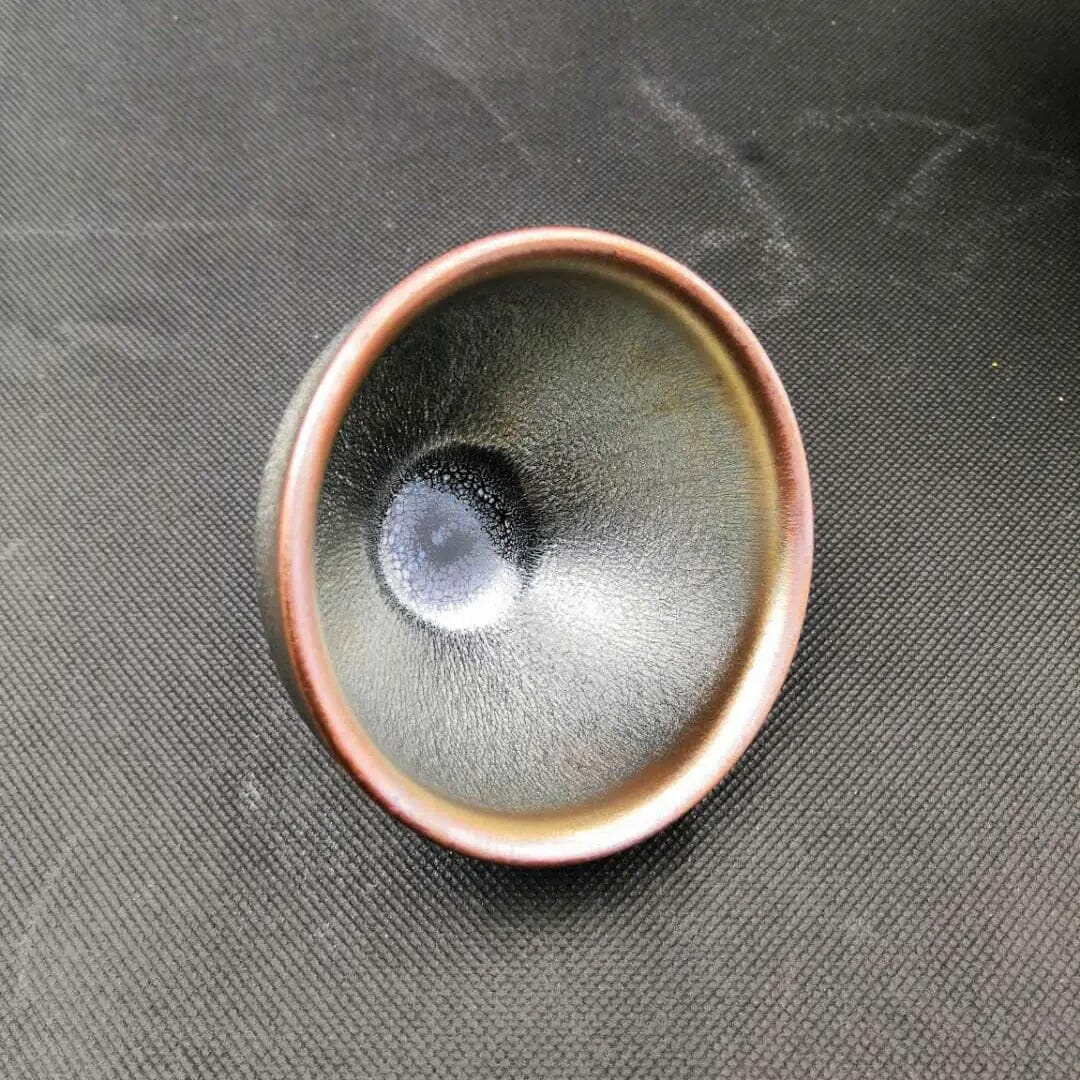
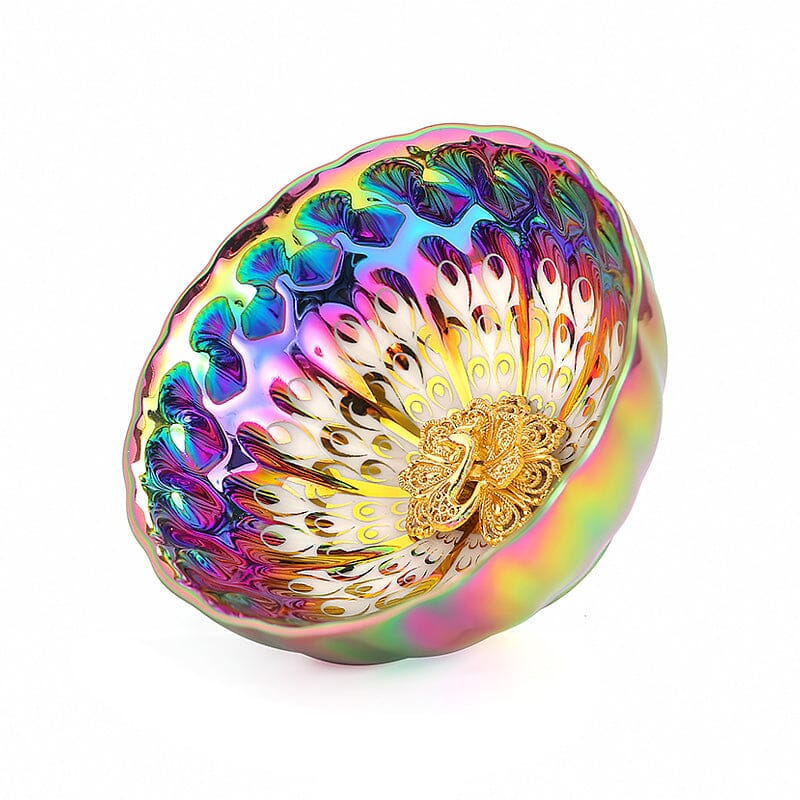
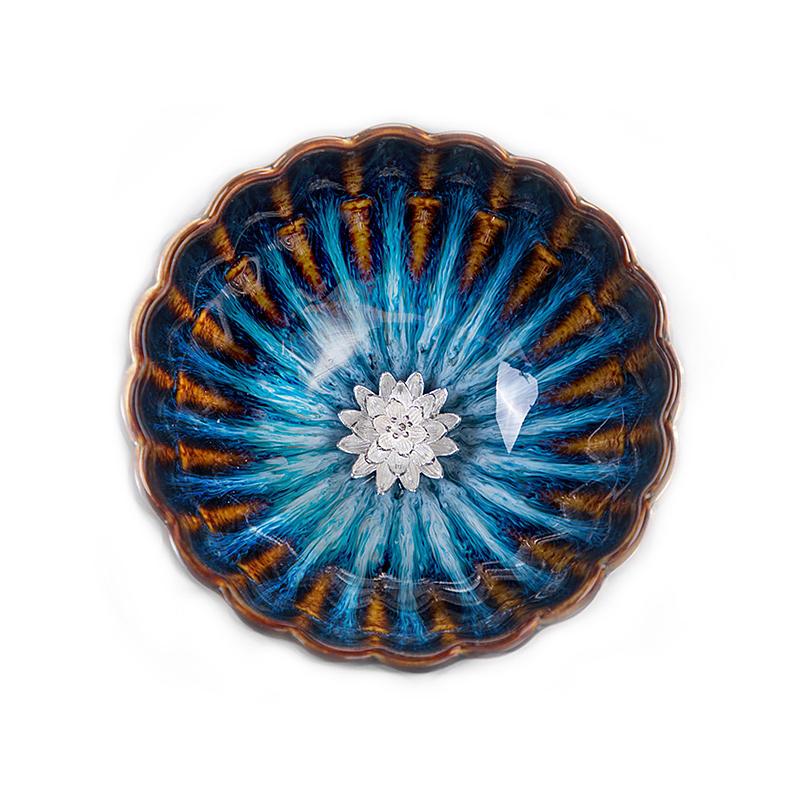
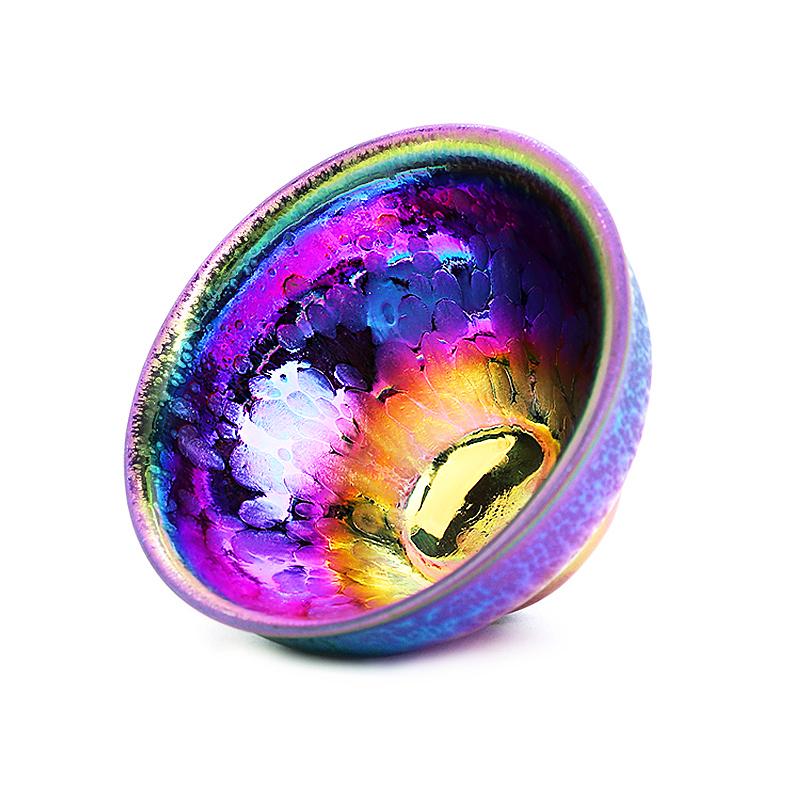
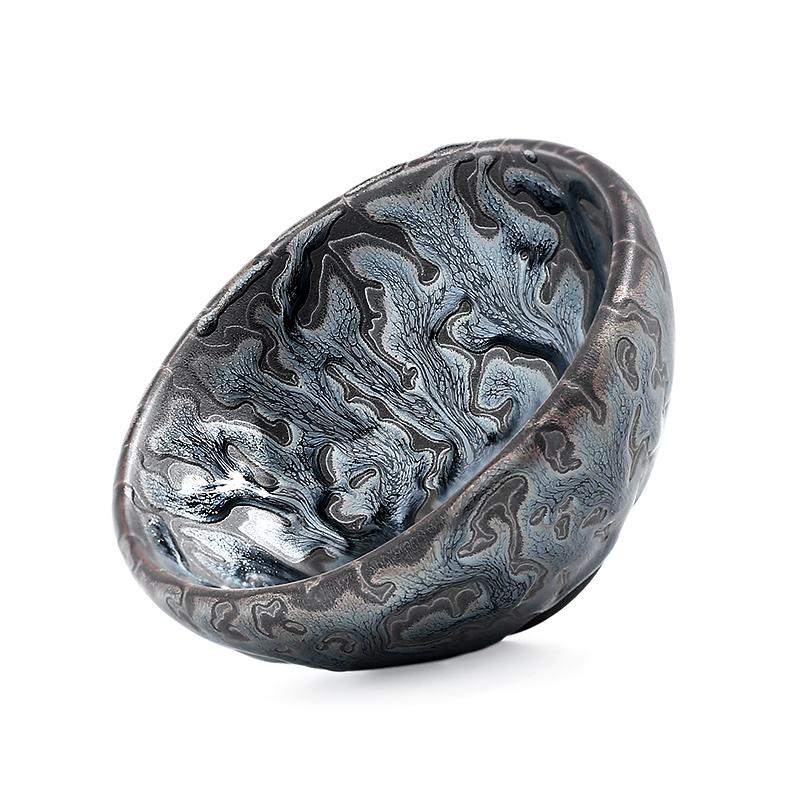
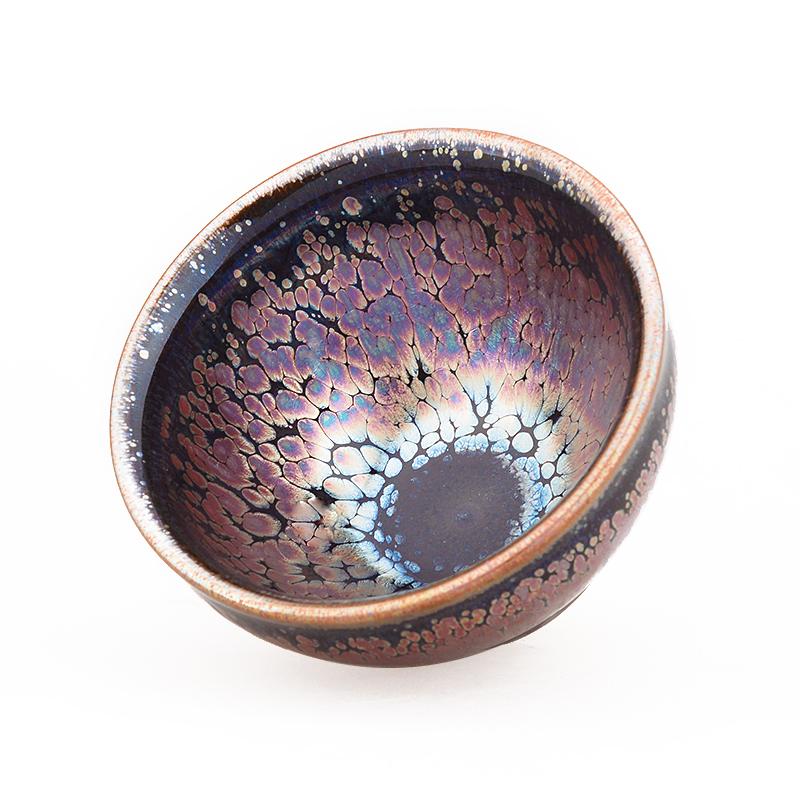
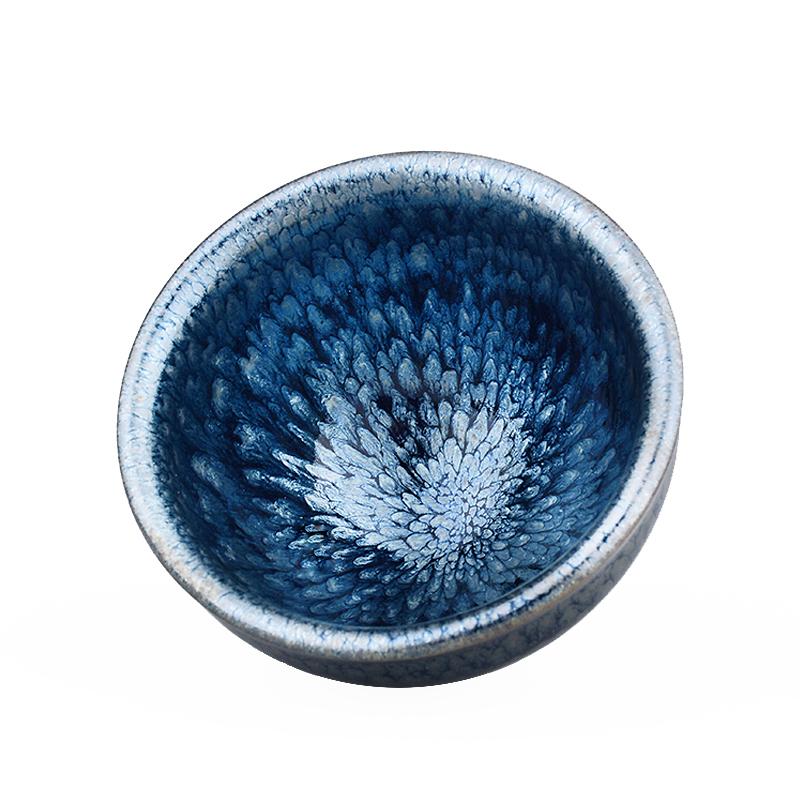
Share:
Is Tenmoku poisonous?
50 Yuan Tenmoku Cup Poisonous? Can Quality Tenmoku Be Cheap